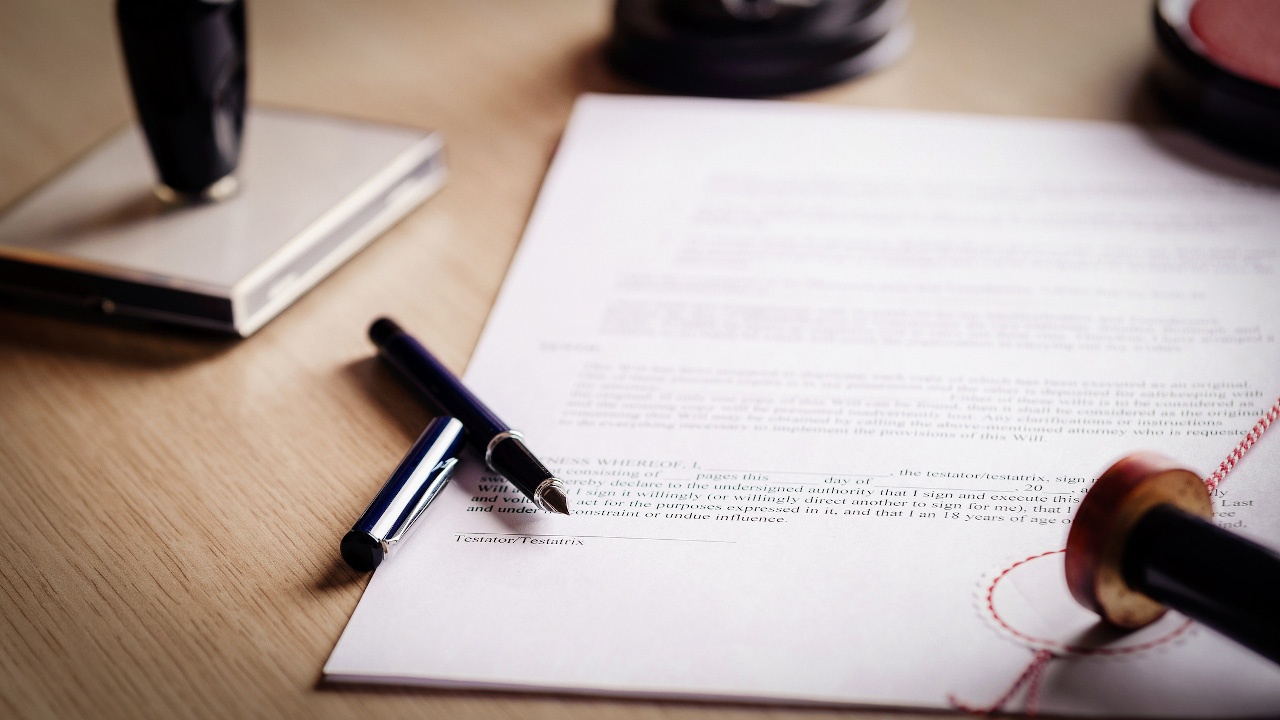Even in the face of a global pandemic, legal professionals maintain the momentum to provide meaningful services that help support the community. Legal assistants are an important part of this process, ultimately working to increase productivity. Some key aspects of the job include preparing correspondence and legal documents, like deeds and affidavits, as well as reviewing and proofreading paperwork to ensure that everything complies with existing legal procedures and style guides.
As a legal assistant, you will be handling various legal documents that require multiple revisions before finally being ready. Reviewing these legal texts can be a daunting task, but here are some simple proofreading tips that are sure to help.
Aim for Consistency Throughout the Document
Though it might be obvious, it’s still worth stressing that consistency is of paramount importance to the development of any legal document—especially when some of these documents are written by various individuals before being compiled. It’s always important to check for any inconsistencies. This includes incorrect formatting, spelling, or punctuation. Make sure to refer to the proper style guides, as well as any in-house style rules, when proofreading these errors. Everything should be consistent, from headings and punctuation to footnotes and indentations.
Common things to watch out for can include: inconsistent hyphenation, unpaired punctuation, inconsistent bold or italicized formatting, misused homonyms, and even the number of spaces used after a period. Going to a legal assistant school will give you ample opportunities to optimize your proofreading skills for catching all kinds of potential errors.

Legal assistants should proofread with the aim to remove any inconsistencies
Proofreading for Defined Terms and Accuracy
Above everything, legal documents must be accurate and clear for clients to read and review. Legal assistants must check for undefined terms or abbreviations, making sure that they’re only used once they have been clearly outlined earlier in the document. Checking names for incorrect spelling or capitalization is also extremely important, as is reviewing all numbers and symbols for any possible errors.
Other common things to pay attention to include the nuanced meanings of synonyms as well as any hidden mistakes that occur when properly spelled words are used in the wrong context. Proofreading footnotes and cross-references shouldn’t be overlooked—it’s equally important to confirm that each reference redirects the reader to the proper source.
Organize Your Notes to Ensure Maximum Readability
While you’re proofreading after your legal assistant training, it’s good to keep in mind that others will read your work. So, try to add obvious and eye-catching markings to show that you’ve made some changes (simple ticks or crosses would do the job). Another professional tip is to circle your comments and separate them from any other changes. Doing this will prevent others from mistaking your comments as in-line amendments. You can also create “riders,” pages that function as extra space for in-depth comments. Riders are numbered to match the corresponding pages of the legal document, but an additional note on the original text should also be added to avoid any confusion.
Starting the journey to complete your legal assistant diploma can be a memorable experience, often resulting in a rewarding career. Through this position, you can become part of a team that helps others navigate difficult circumstances and intimidating procedures.
Are you interested in pursuing a career as a legal assistant?






